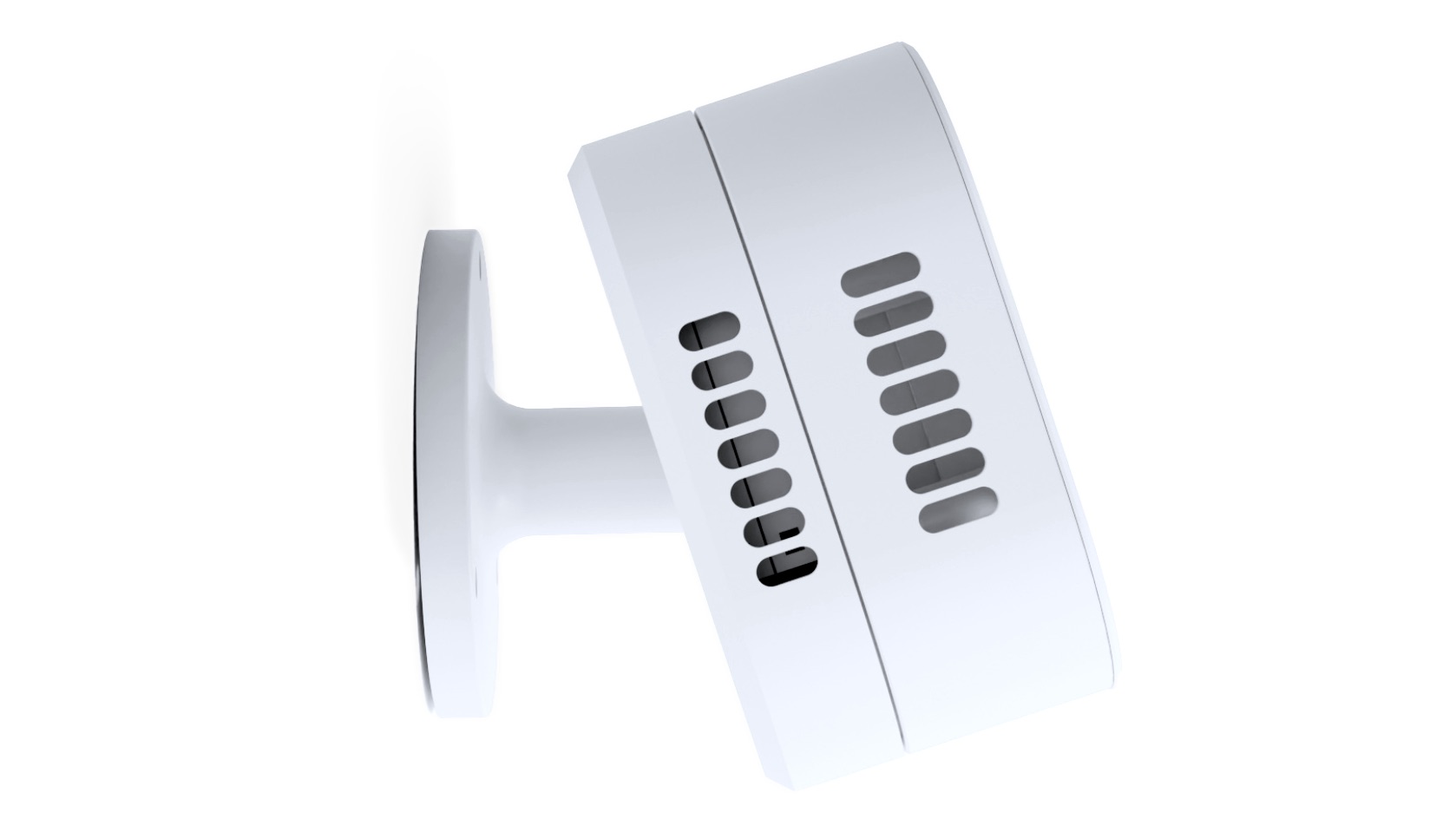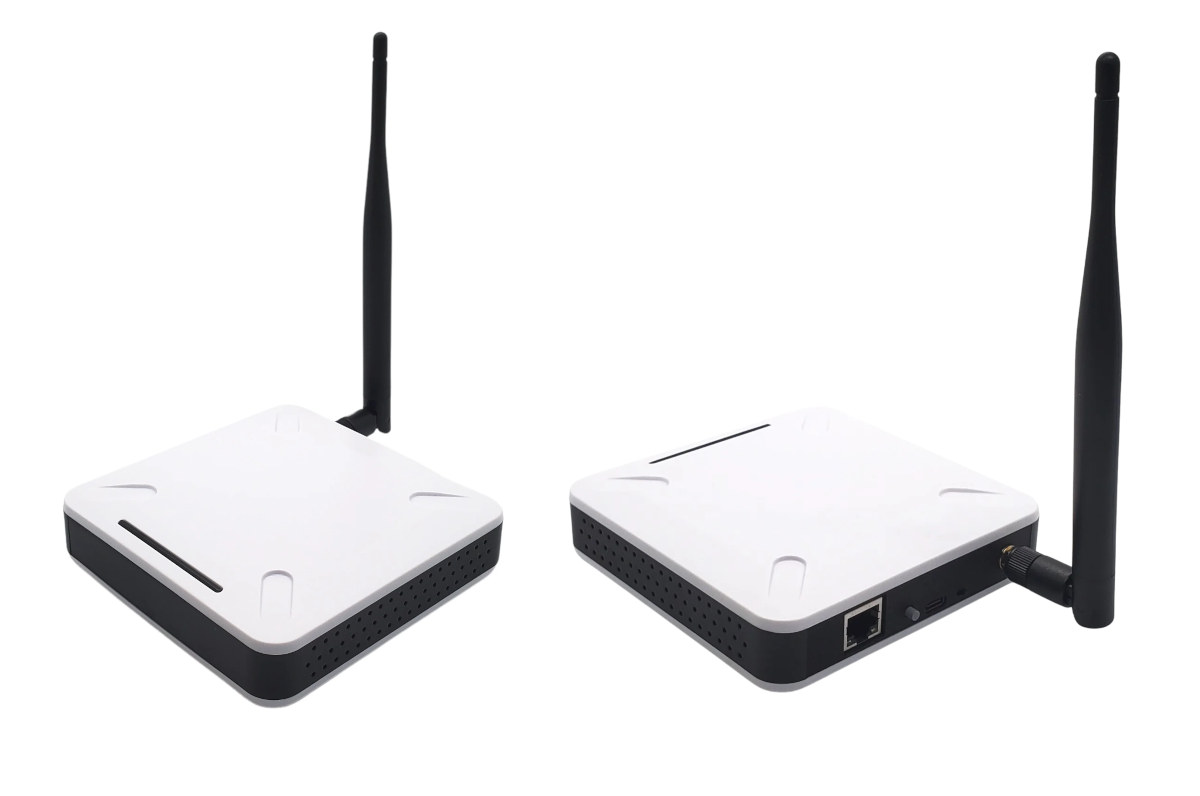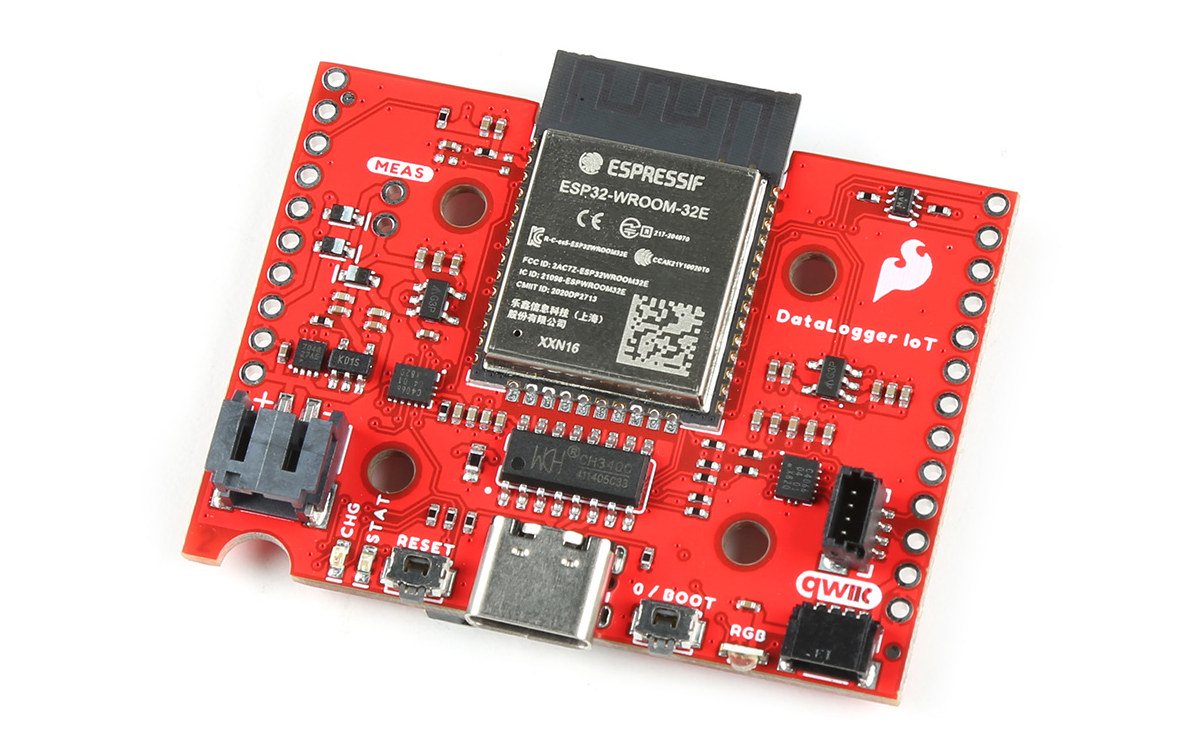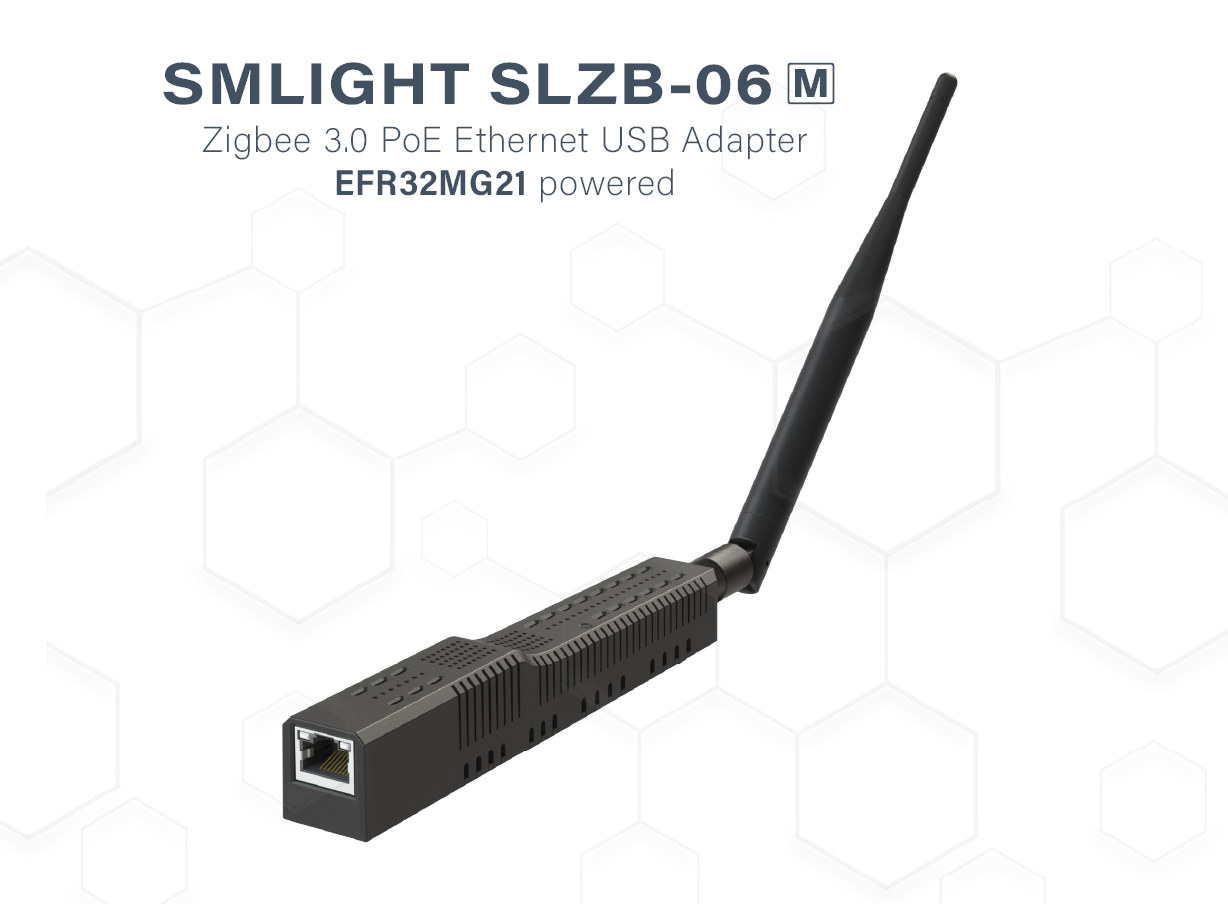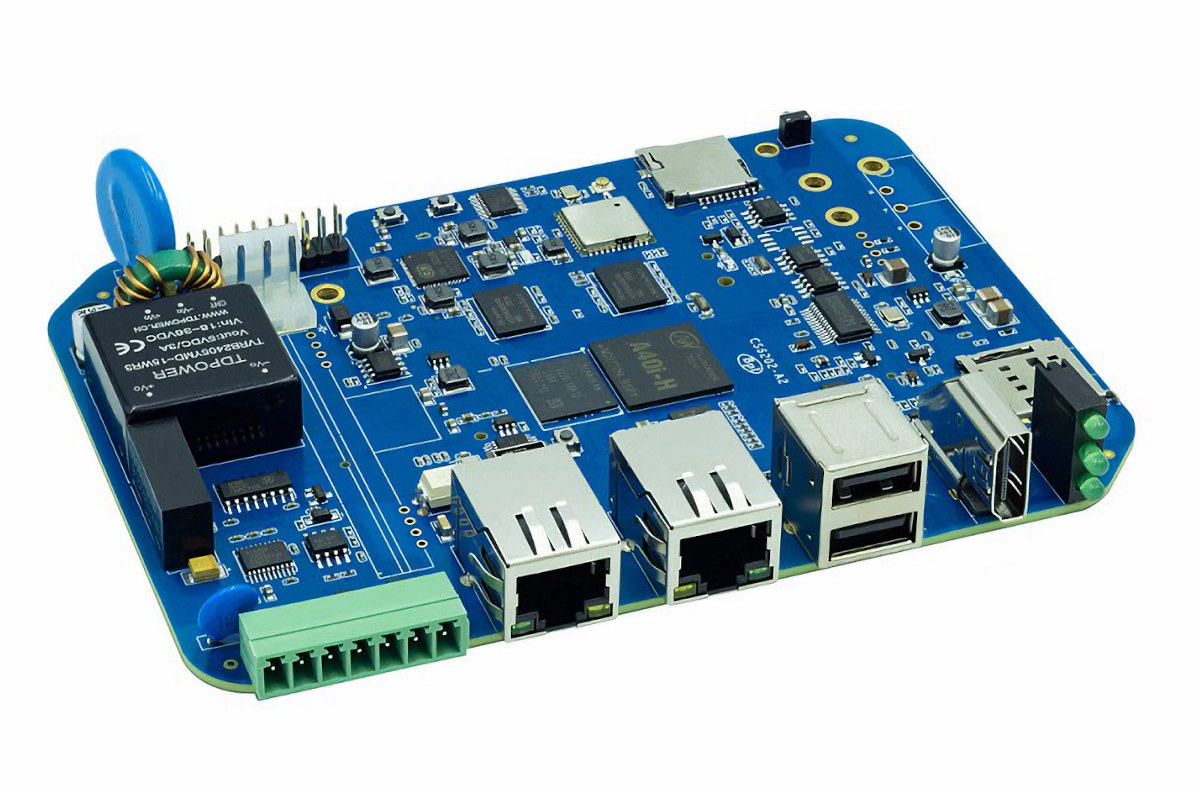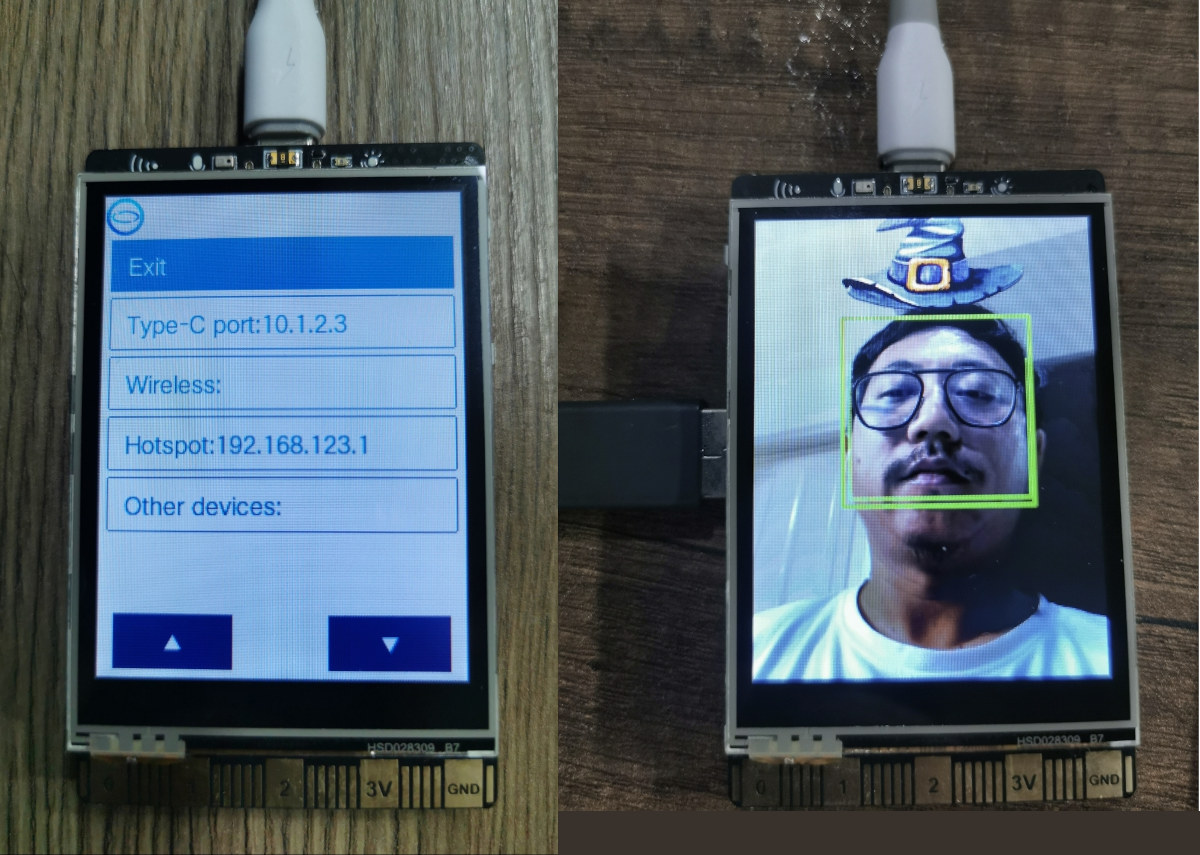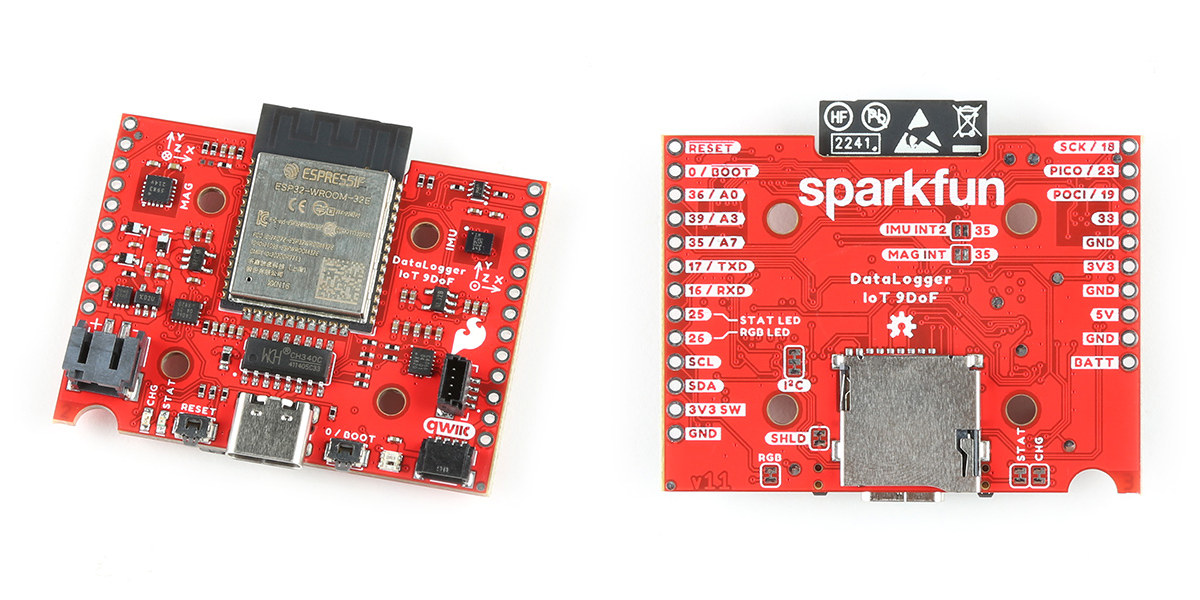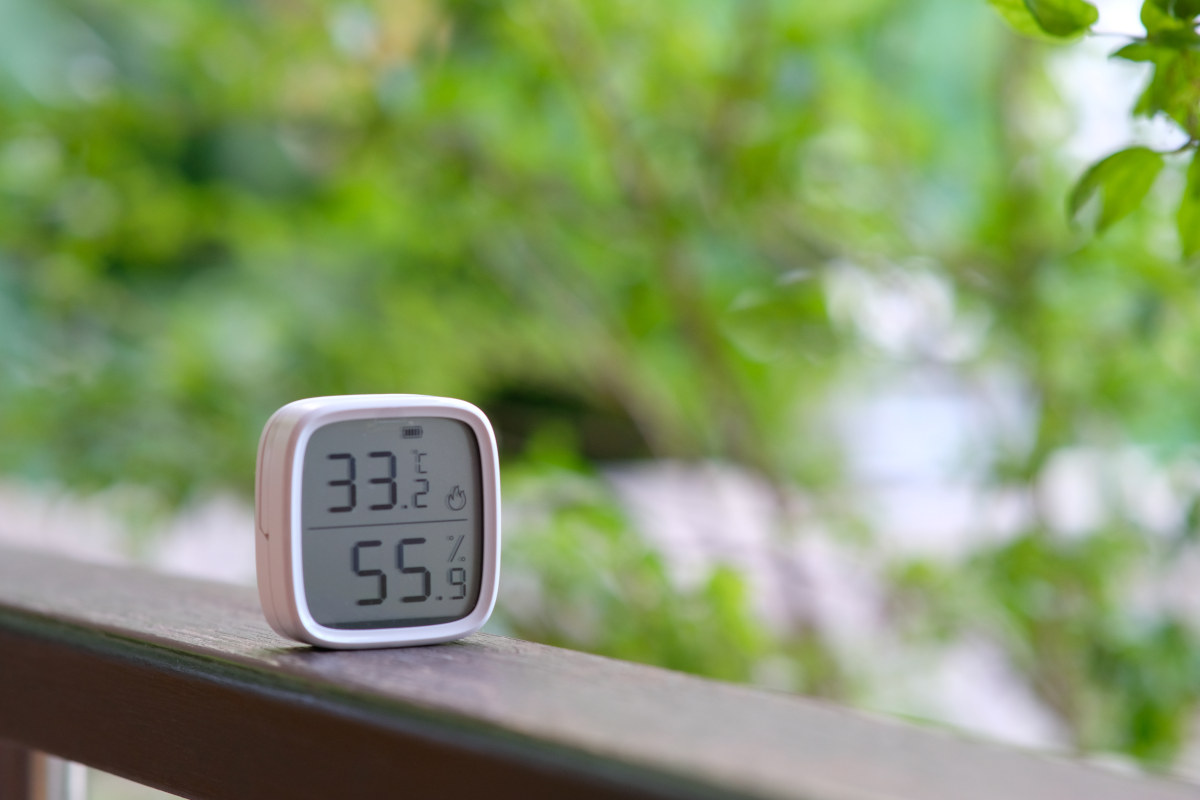RoomSense IQ is a modular room monitor for presence-based home automation based on the ESP32-S3 module with Bluetooth Wi-Fi connectivity. It uses physical presence detection to automate your smart home devices. It comes with multiple sensors that can be used to detect human activity and track ambient light, temperature, and humidity levels. It uses mmWave radar technology to determine when rooms are empty and when they are occupied. It also features built-in temperature, humidity, and light sensors for indoor climate monitoring and control. Rather than relying on schedules, or voice detection, RoomSense IQ triggers automations or alerts based on whether people are in a room or not. It is therefore possible to set it to automatically turn off lights or air conditioning in rooms that are empty to save on energy. In addition, the device offers distance to target measurement that can be adjusted to trigger certain actions. RoomSense IQ […]
Theengs Bridge BLE to MQTT gateway supports Home Assistant, OpenHAB, Jeedom, NodeRed, and more
The Theengs Bridge is a new WiFi & Ethernet BLE to MQTT gateway running the open-source OpenMQTTGateway firmware, compatible with a range of sensors, and supporting Home Assistant, OpenHAB, Jeedom, NodeRed, and other MQTT-compatible systems. It follows the Theengs Plug smart socket introduced at the beginning of the board with many of the same features (minus the socket part…) but adds Ethernet and an external antenna for improved range, and improves modularity with a Grove I2C connector and mounting holes for a LoRa-E5-based Grove module and a prototyping area where you can solder your own circuitry with DIP components. Theengs Bridge specifications: Wireless module MCU – ESP32 microcontroller with WiFi and Bluetooth Storage – 8MB flash PCB antenna and u.FL antenna connector Connectivity 10/100M Ethernet RJ45 port 2.4 GHz WiFi 4 and Bluetooth LE with 6dBi 50Ohm external antenna Optional LoRa module via Grove I2C connector MQTT protocol Expansion – […]
Sparkfun launches cheaper no-code “DataLogger IoT” board compatible with Qwiic modules
Last May, SparkFun introduced the “Datalogger IoT – 9DoF” no-code platform with support for over 50 Qwiic sensor modules and a built-in 9-axis IMU sensor and magnetometer. Taking into consideration that some users may not make use of the built-in sensors, the company decided to launch a cheaper version called the “DataLogger IoT” that can still get data from Qwiic sensor and GPS modules without any programming thanks to the “no-code” Arduino firmware preloaded on the ESP32-WROOM-32E module. SparkFun DataLogger IoT specifications: Wireless module – ESP32-WROOM-32E with: ESP32 dual-core microcontroller 4MB flash 2.4 GHz WiFi and Bluetooth LE connectivity, built-in PCB antenna Storage – MicroSD card slot USB – 1x USB Type-C port for power and configuration via CH340C Expansion – 2x Qwicc I2C connectors for sensors and/or GPS module Misc Boot and Reset buttons Status and charging LED, WS2812 RGB LED Jumpers to enable/disable LEDs, I2C pull-up resistors, and […]
SMLIGHT SLZB-06M Zigbee 3.0 PoE adapter gets Silabs EFR32MG21 microcontroller
SMLIGHT SLZB-06M is a Zigbee 3.0 to Ethernet, PoE, USB, or WiFi adapter designed to work with multi-vendor software systems such as Zigbee2MQTT and Home Assistant ZHA. This will let you integrate any supported Zigbee devices into smart home automation systems like Home Assistant, OpenHub, or HomeSeer. The SLZB-06M is a variant of the SLZB-06 Zigbee PoE adapter introduced last year with the main difference being the Zigbee chip as the new model is equipped with Silicon Labs EFR32MG21 microcontroller instead of Texas Instruments СС2652Р. An ESP32 WiFi and BLE chip is still used to work with peripherals such as the LAN8720 Ethernet chip and a CP2102N USB/UART converter chip. SMLIGHT SLZB-06M specifications: Wireless SoCs Silicon Labs EFR32MG21 Arm Cortex-M33 microcontroller @ 80 MHz with 352KB flash, 1024KB ROM for protocols and library functions, 96KB SRAM, integrated power amplifier, Bluetooth 5.2 Low Energy and 802.15.4 radios (Zigbee and Thread) Espressif […]
Banana Pi BPI-6202 industrial SBC features Allwinner A40i SoC, 24V DC input, RS485 interfaces
Banana Pi BPI-6202 “embedded single board computer” features the industrial-grade Allwinner A40i quad-core Cortex-A7 processor with industrial temperature range and long life cycle, 2GB DDR3, 8GB eMMC flash, M.2 SATA slot, and more. That’s the second Allwinner A40i board from Banana Pi since the company launched the Banana Pi BPI-M2 Ultra SBC last year, but the new embedded SBC looks to be better suited for industrial applications with features such as dual Ethernet, an RS485 + RS232 terminal block, 24V DC input, and a -40 to +60°C operating temperature range. Banana Pi BPI-6202 specifications: SoC – Allwinner A40i quad-core Arm Cortex-A7 processor @ 1.20 GHz with Arm Mali-400MP2 GPU, 1080p60 H.264, MPEG-4, MPEG-1/2 video decoder, H.264 1080p45 video encoder System Memory – 2GB DDR3 SDRAM Storage – 8GB eMMC flash, microSD card slot, M.2 Key-B 2242 socket for SATA SSD Video & audio output – HDMI 1.4 port up to […]
UniHiker review – A Linux-based STEM education platform with IoT and AI support, Micro:bit edge connector
DFRobot’s UniHiker is a STEM educational platform that was originally launched in China, but now UniHiker is now available worldwide through the DFRobot shop. The company has sent us a UniHiker sample for review, so let’s unpack the kit and learn how to use the UniHiker platform. The main component of the kit is the Linux-powered UniHiker board which features a 2.8-inch resistive touchscreen display and a BBC Micro:bit edge connector, so we can use expansion boards for the Micro:bit board. Let’s start unboxing it together. UniHiker unboxing DFRobot sent us the UniHiker platform by DHL. The package is a familiar-looking DFRobot box in orange color and comes with a plastic box to safely store the UniHiker board and accessories after use. The plastic box contains another plastic box with the board, some 3-pin and 4-pin cables for Gravity ports, and a USB Type-C cable. The UniHiker is like a […]
SparkFun “Datalogger IoT – 9DoF” no code platform supports over 50 Qwiic sensor modules
SparkFun “DataLogger IoT – 9DOF” is an ESP32-based data logger board that transfers data to a microSD card or wirelessly to the cloud and comes with firmware that can automatically detect over 50 Qwiic modules without any programming required from the user making it a so-called “no code platform“. The board comes with a 9-axis IMU sensor + magnetometer, and two Qwiic connectors, and the data is stored in CSV or JSON formats on a microSD card or sent to IoT cloud platforms such as Amazon AWS IoT, Microsoft Azure, or Mathworks ThingSpeak using protocols like MQTT or HTTP. SparkFun “Datalogger IoT – 9DoF” specifications: Wireless module – ESP32-WROOM-32E: ESP32 dual-core microcontroller 4MB flash 2.4 GHz WiFi and Bluetooth LE connectivity, built-in PCB antenna Storage – MicroSD card slot Sensors 6-axis IMU accelerometer & gyro (ISM330DHCX) Magnetometer (MMC5983MA) 2x Qwicc I2C connectors for additional sensors USB – 1x USB Type-C […]
SONOFF SNZB-02D review – A Zigbee temperature & humidity sensor with a 2.5-inch display
We’ve previously tested the SNZB-02 Zigbee temperature and humidity sensor with the SONOFF NSPanel Pro smart panel, but ITEAD has now launched the SONOFF SNZB-02D that integrated the same features plus a 2.5-inch display to visualize the data. They’ve sent us a SNZB-02 sample for review, so after listing the specifications we’ll test SONOFF’s latest Zigbee sensor with Home Assistant. SONOFF SNZB-02D specifications Display – 2.5-inch black&white display Connectivity – Zigbee 3.0 Sensors Temperature sensor with -9.9°C to 60°C range, ±0.2°C accuracy Humidity sensor with 5%—95%RH range, ±2%RH accuracy Battery – 3V CR2450 coin-cell battery good for about 2 years with a 5-second polling rate Dimensions – 62.5 x 59.5 x 18.5mm Material – PC Color: White Unboxing and first try We’ll find the sensor in the usual orange package used for Zigbee devices. The SNZB-02D sensor comes with a quick start guide and a pre-installed battery. Just pull the […]


